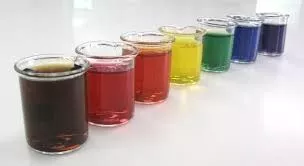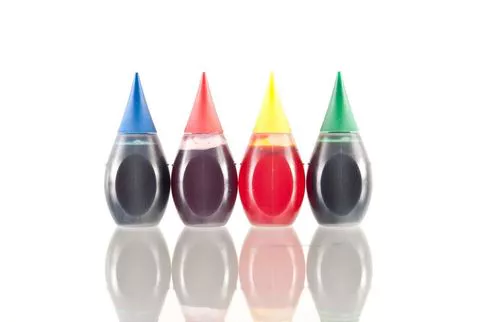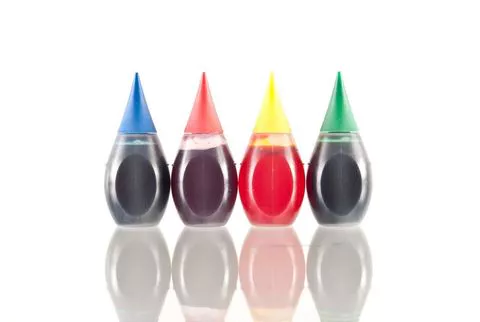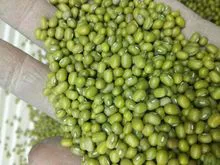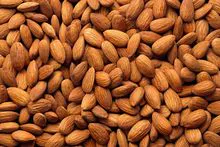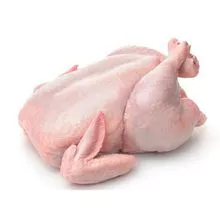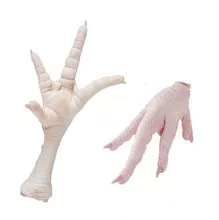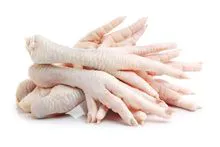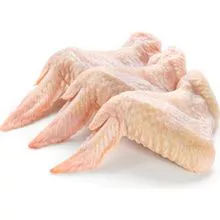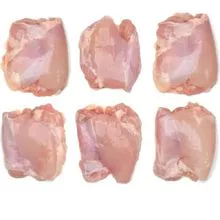Description
Food Colorants are additives used to impart or enhance the color of food and beverage products. These colorants play a vital role in making products visually appealing, influencing consumer perception, and ensuring brand consistency. Available in natural and synthetic forms, food colorants are essential for creating vibrant and attractive products.
Benefits of Food Colorants:
Enhanced Visual Appeal: Adds vivid and appealing colors, making products more attractive to consumers.
Brand Consistency: Ensures uniform color across batches, maintaining brand identity and consumer trust.
Versatile Applications: Suitable for a wide range of food and beverage products, including baked goods, confectionery, beverages, and more.
Customizable: Available in a variety of shades and forms to meet specific product requirements and regulatory standards.
Types of Food Colorants:
Natural Colorants: Derived from natural sources, providing safe and appealing colors.
Examples: Annatto, Beet Juice, Turmeric, Spirulina
Synthetic Colorants: Chemically synthesized to provide bright and consistent colors.
Examples: Tartrazine (Yellow 5), Allura Red (Red 40), Brilliant Blue (Blue 1)
Organic Colorants: Made from organically grown ingredients, suitable for organic products.
Examples: Organic Carrot Juice, Organic Red Beet Extract
Lake Colorants: Insoluble pigments created by combining dyes with salts, suitable for fat-based and dry applications.
Examples: Lake Red 40, Lake Yellow 6, Lake Blue 2
Powdered Colorants: Easy-to-use form suitable for dry mixes and powdered products.
Examples: Powdered Beet Juice, Powdered Annatto
Liquid Colorants: Ideal for uniform dispersion in liquids and semi-liquids.
Examples: Liquid Caramel Color, Liquid Chlorophyll
Gel Colorants: Concentrated and thick, perfect for applications requiring precise color control.
Examples: Gel Icing Colors, Gel Food Coloring for Baking
Paste Colorants: Highly concentrated, used in products where intense color is required.
Examples: Paste Colors for Fondant, Paste Food Coloring for Confectionery
Application Guidelines:
Beverages:
Liquid Colorants: Use to achieve uniform color in juices, sodas, and alcoholic beverages.
Dosage: Follow specific product guidelines for optimal color intensity.
Baked Goods:
Gel and Paste Colorants: Ideal for icings, fondants, and batters.
Dosage: Add small amounts gradually until the desired shade is achieved.
Confectionery:
Powdered and Lake Colorants: Perfect for hard candies, gummies, and chocolates.
Dosage: Mix thoroughly to ensure even color distribution.
Dairy Products:
Natural Colorants: Use for yogurts, cheeses, and ice creams.
Dosage: Incorporate during the mixing process for consistent color.
Processed Foods:
Synthetic Colorants: Suitable for snacks, sauces, and ready-to-eat meals.
Dosage: Adhere to regulatory limits and product specifications.
Safety Considerations:
Handling: Follow food safety practices to prevent contamination. Use clean and sanitized equipment and utensils.
Storage: Store colorants in a cool, dry place, away from direct sunlight and moisture. Keep containers tightly sealed to maintain product integrity.
Regulations: Ensure compliance with local and international food safety regulations. Use approved colorants within recommended limits.
Disposal: Dispose of expired or unused colorants according to local regulations. Ensure proper handling to minimize environmental impact.
- Food Colorants
Production Capacity:
10000
Delivery Timeframe:
Within 30 Days
Incoterms:
CFR - Cost and Freight
CIF - Cost, Insurance and Freight
Packaging Details:
Not informed
More about
Page Global Consultants
10-50
Employees
2M - 10M
Sales volume (USD)
90%
% Export sales
Year
Established
Business type
- Industry / Manufacturer
- Importer / Trading Company
- Representative / Agent
- Distributor / Wholesaler
Keywords
- Nuts
- Grains
- Meat
- Animal Feed
- Grains
- Oil
- Soybeans
- Corn
- Feed
- Fertilizer Ver Mais
Contact and location
-
MABUNGU ********
-
+27 7********
-
GQEBERHA / EASTERN CAPE | South Africa







